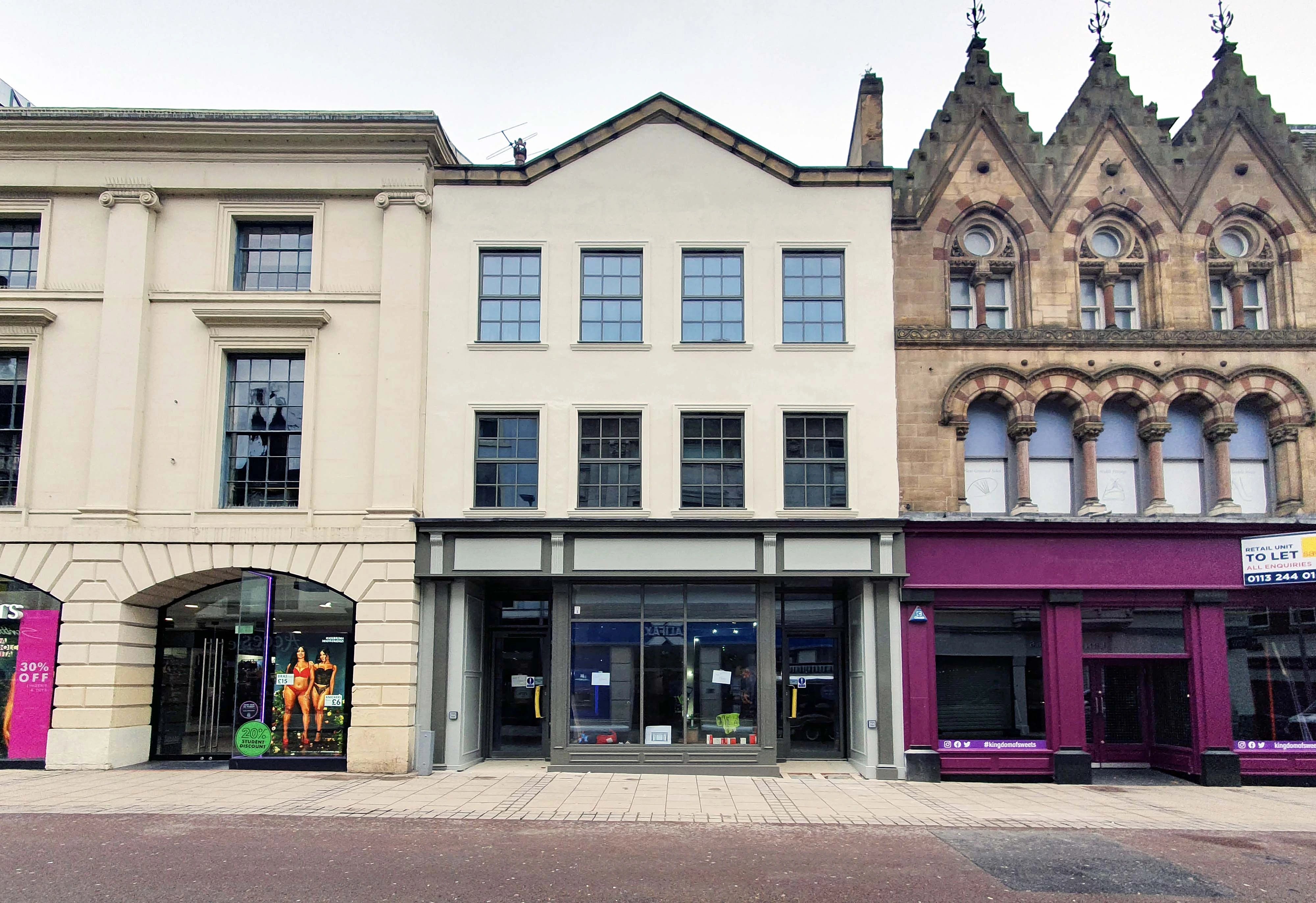
This remarkable project saw GNA work in collaboration with MAW Consulting, SEJC Consulting Engineers,and Dobsons Construction to ensure a sensitive and robust refurbishment, breathing new life into the neighbouring building for the Client, The Leeds Library Charity.
Founded in 1768, The Leeds Library is the oldest subscription library of its kind in the UK. The library began in the back room of Joseph Ogle’s bookshop on Kirkgate before moving to a purpose-built library at 18 Commercial Street in 1808. The building is grade II* listed, representing a rare surviving example of a Georgian public library. The library acquired No. 15 with plans to expand its original footprint for the first time in over 140 years.
Improving the Library's accessibility was one of the main project objectives. The Leeds Library is situated on the first floor and the building’s heritage status made it difficult to incorporate a lift within the building’s original footprint. To overcome this, we have provided a new passenger lift that serves all upper floors of 15 Commercial Street, ensuring level access to the main Library building at first floor level.
Throughout the project, we actively engaged with the library Trustees, staff and members. We held consultations and design reviews throughout the design process to gain feedback on our proposals, ensuring the new library facilities met user needs and were aligned with the desired look and feel for the setting.
The refurbishment of No.15 has been thoughtfully designed to be sensitive to its location within the Leeds City Centre Conservation Area and its proximity to nearby listed buildings.
The principal Commercial Street frontage had undergone significant changes over the years, resulting in a blue aluminium-framed glazed shopfront and vertical windows strips with a circular feature and central pediment parapet. We felt that this window arrangement and bright blue frames wasn’t sympathetic to the street’s character or the adjacent listed buildings.
Phase 1 included a transformation of the principal elevation of No. 15, forming a new entrance and retail unit at street level, insulating the existing roof and expanding the existing roof building to incorporate a new staircase and lift access to the third floor and outdoor terrace area.

The existing tall glazing strips, which featured sections of dummy windows, have been removed and replaced with new double-glazed windows installed into the original structural openings. The existing render finish was also repaired and redecorated to match the neighbouring Library Building. Our proposed solution reflects the building's appearance when the Library was first constructed 200 years ago, aligning with the classical proportions of the Library's windows. A photograph circa 1808 shows the library building with No.15 to the right, featuring individual windows with classical proportions and lead light windows.

The new glazed shopfront has been designed to enable two independent entrances for the library and the new retail unit whilst retaining the symmetry of the elevation. We designed a more traditional looking shopfront with features including column detailing to echo the Library pilasters, a timber stall riser, and signage area with console brackets and a cornice detail.
The third-floor flat roof has been altered to provide better access with new lift access and an extended staircase, improved insulation and new waterproofing. The existing external walls of the roof level building were externally insulated and given a render finish to match the principal elevation.
"As the lead project architect, I am proud to share that Phase 1 of the project has been successfully completed in just five months" says Jessica Lawton. "By prioritising a fabric-first approach, we’ve focused on optimising the building's envelope—improving thermal performance and energy efficiency from the outset. These improvements not only reduce the building’s operational energy demand but also align with our broader ethos of delivering low-impact, future-proofed spaces.
We are looking forward to commencing the Phase 2 works that will build upon these foundations, as we move towards the internal fit-out, enhancing accessibility and ensuring the library continues to serve the community while attracting a more diverse range of visitors."
.webp)














